The content of the article
Camel wool on the market today appears solely due to bactrian camels Bactrian. To know these powerful and majestic animals is quite simple. Their weight reaches 800 kilograms, and the main characteristic is the high humps, covered with a rather thick coat. Today, these camels are bred in many eastern countries. One of the most qualitative grades of wool is considered to be material obtained from the Mongolian Bactrians.
It is worth noting that camel hair is very heterogeneous in its structure. Outside, it is represented by a layer of coarse hair up to 300 microns thick, and inside you can find soft fluff with thin fibers up to 20 microns thick.
Fact! One adult camel can collect at least 5 kilograms of wool and a maximum of 10 kilograms of material.
Camel wool pillows are often made from two sections, one of which is made from bird fluff or padding polyester.Such a measure is necessary not to reduce the cost of the finished product, but to increase the duration of its use. Pillows from natural materials with a constant load quickly lose their qualities due to the fact that the wool quickly rolls. Such polushki can last a maximum of six months. Two-piece pillows can last more than 5 years.
Benefits of Camel Wool Pillows
It is worth noting that products made with the use of camel wool have a number of unique properties, thanks to which they provide a good sleep for their owner, as well as a positive effect on his body:
- High degree of thermoregulation. The fact is that camels live in the desert, and this area is characterized by serious temperature drops from -45 to +50. Due to such conditions, the camel's hair helps to warm up when it is cold and, conversely, it can protect against overheating in the heat.
- High hygroscopicity. Camel hair has a unique structure, it consists of scales, and inside it has a hollow space. Thanks to these qualities, camel hair absorbs moisture and also quickly gives it the opportunity to evaporate from the material.These properties allow the pillow to always remain dry.
- Ease. At first glance it seems that the camel's hair is very heavy and heavy, like the animal itself, however, in fact, this wool is very soft to the touch, and the weight is twice as light as sheep's wool, which, of course, is surprising.
- Good breathability. In this case, the role is again played by the unique hair structure of camel hair - the presence of scales on the surface and the hollow part inside. Due to this structure, the air easily penetrates into the material, making the product breathable.
- Antistatic. A special property of camel hair is the lack of electrification. Moreover, the wool of this animal is also able to eliminate static electricity on other objects. It is easy to feel the similar effect of camel wool products in rooms where there are a large number of household appliances that emit electromagnetic waves.
- The presence of therapeutic properties. The healing qualities of this wool are a special substance, namely, lanolins, characteristic of animal sap. Absolutely all the fibers of camel's hair are covered with this substance.Under the influence of human heat, this substance becomes softer, after which it penetrates the body. Lanolin is able to cure sore joints, muscles, rid the body of toxic substances, increase blood circulation, start rejuvenating processes, as well as save a person from painful sensations.
- High resistance to pollution. Here you need to say thanks to all the same lanolin. This substance prevents contamination of the filler and helps the wool to be cleaned of dust and dirt particles.
The disadvantages of camel wool pillows
Despite the many advantages of camel wool, this material still has some disadvantages:
- Allergy The natural substance lanolin, as well as various chemicals with which manufacturers often process products, can provoke the appearance of a body reaction in humans. Moreover, in the composition of the wool there is a large amount of keratin - protein, which is a nutrient for many types of microorganisms. The waste of various microparticles is also able to provoke a reaction in humans.
- Low degree of support. It is not recommended to buy pillows from camel hair to people who suffer from the presence of painful sensations in the neck. The fact is that such pillows are not capable of providing the necessary and anatomically correct support for the aching neck, and therefore its use can only worsen the state of health.
- The presence of difficulties in the care. Camel-hair pillows require special care. For example, they must be periodically ventilated in the fresh air, while ensuring the absence of direct sunlight. It is not always possible to do this. In addition, at least once a year you need to carry out the cleaning of pillows. They can not be washed in the machine, they are suitable only for washing by hand. The camel's pillows can be knocked out, but this should be done very carefully so that the product does not deform. In addition, the house should be kept clean so that dust and dirt does not sit on such pillows.
- Small duration of use. The lifespan of camel wool pillows is mainly determined by their filling. If bird feathers are placed inside the pillow, then the product can last up to 5 years.If the filler is synthetic, the pillow will last a maximum of 3 years.
- High price. The price of a pillow made from natural camel wool is very high. Many manufacturers today, to reduce the cost of products, add synthetic materials to camel's hair, however, this seriously increases the risk of purchasing a pillow from completely unnatural materials.
How should choose pillows from camel wool?
- If you want to buy a really high-quality product that will last you for more than one year, you should choose two-piece pillows. They are a cover of natural camel wool with a filler inside of bird fluff or padding polyester. Other synthetic materials are also sometimes used as fillers.
- Before you buy a product, you need to carefully examine the information indicated on the label. It must be indicated "Camel wool - 100%." If the percentage of natural wool is not specified, then the manufacturer hides the amount of natural material.Most likely, you are offered to buy a not quite high quality product consisting of thermally bonded filler.
Also, the label must contain information about the quality and composition of the filler, cover fabric, all the requirements for the care of the product and manufacturer.
To recognize a fake is quite simple. Natural camel wool has a very soft and light, almost weightless texture. Wool with the addition of various impurities even by touch is much coarser than natural material.
Of course, in order not to be mistaken - it is best to purchase camel-wool products from trusted vendors. If you have never bought a pillow from such material before, you should carefully examine the manufacturers and sellers, as well as get acquainted with reviews of their products. The important points here will be the duration of the company's existence, as well as its reputation and professional experience in the market. Trust should be a company that has long been engaged in the manufacture of products from camel wool. If the manufacturer has recently changed the scope of activities, it is unlikely that he has enough experience to make a really high-quality product.
If you managed to find a product at an incredibly low price or with a huge discount, you should understand that this price is most likely dictated by low quality.


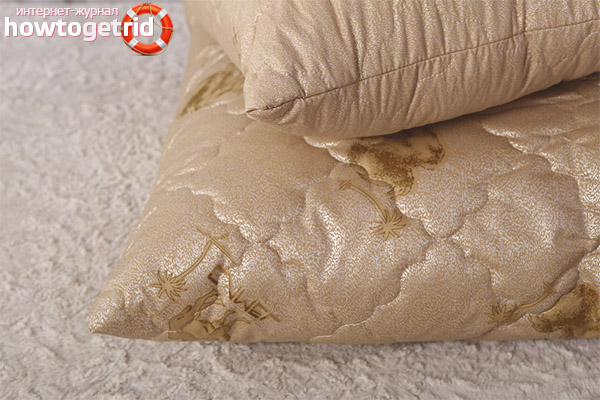


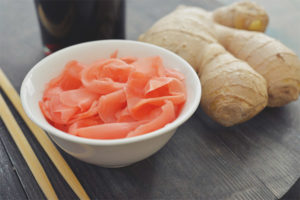



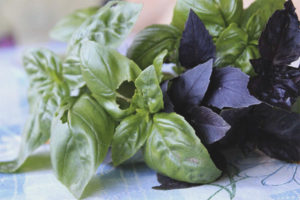
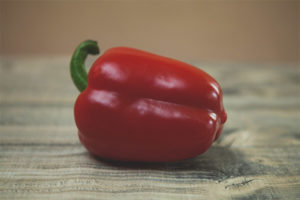
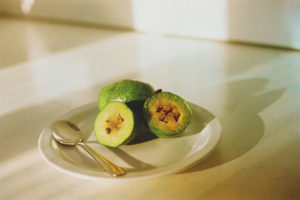
To send